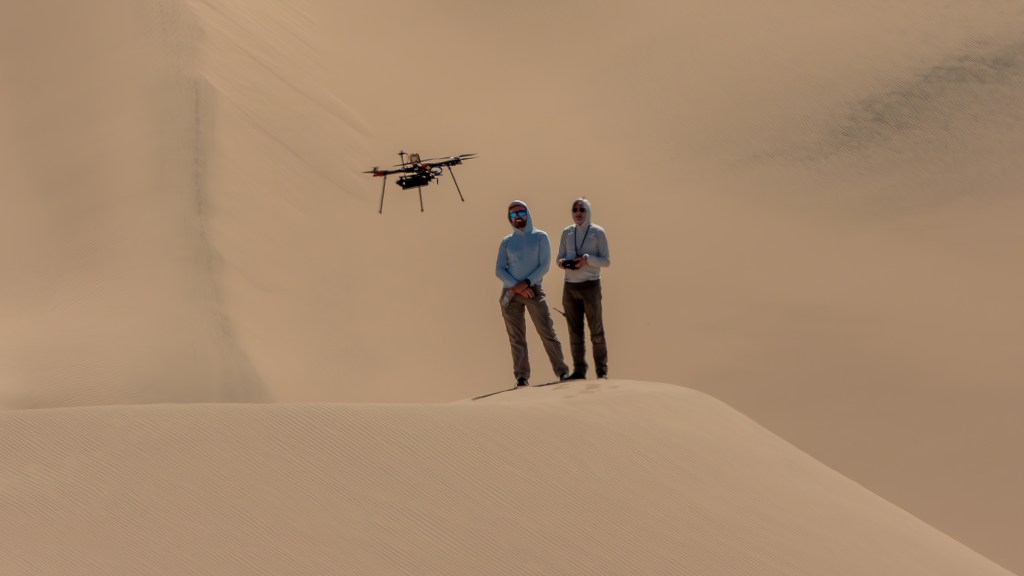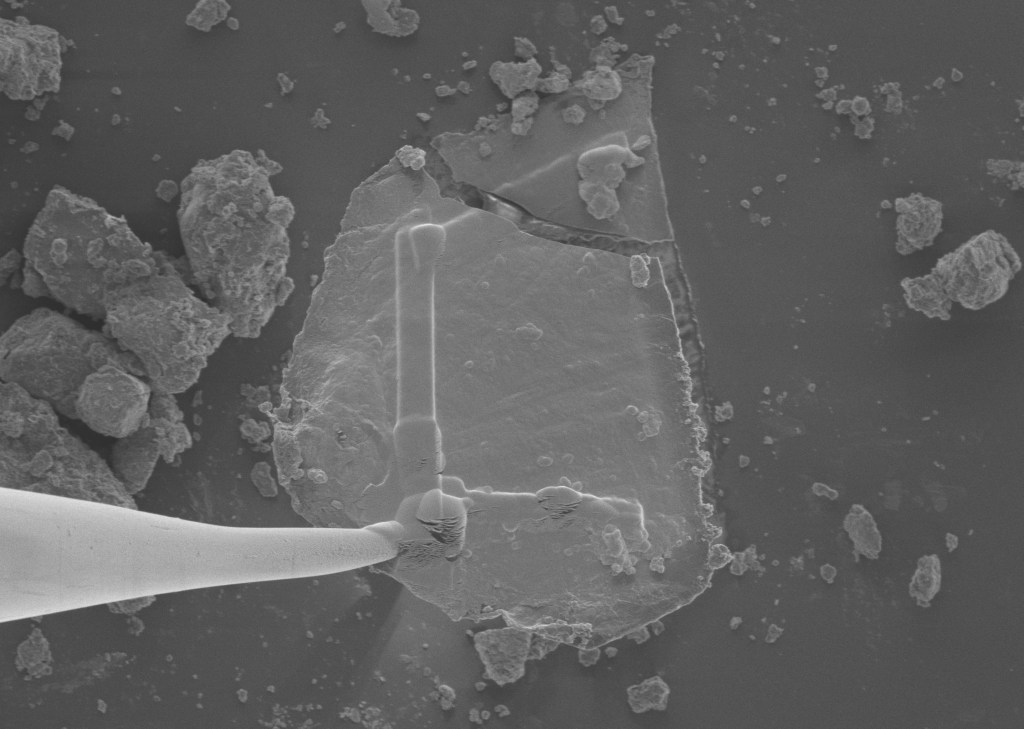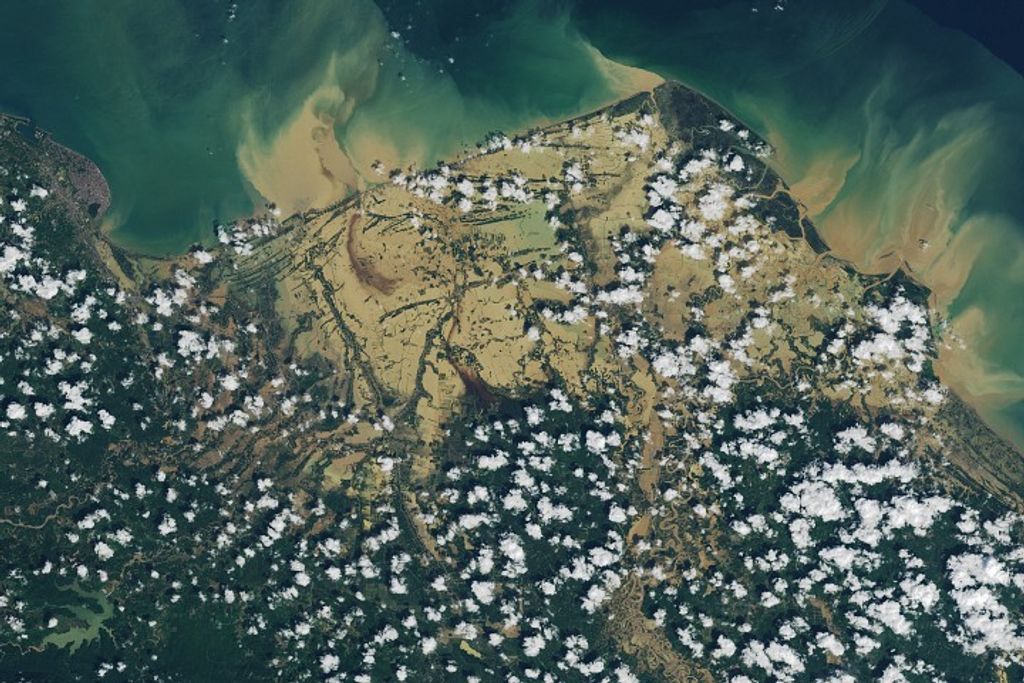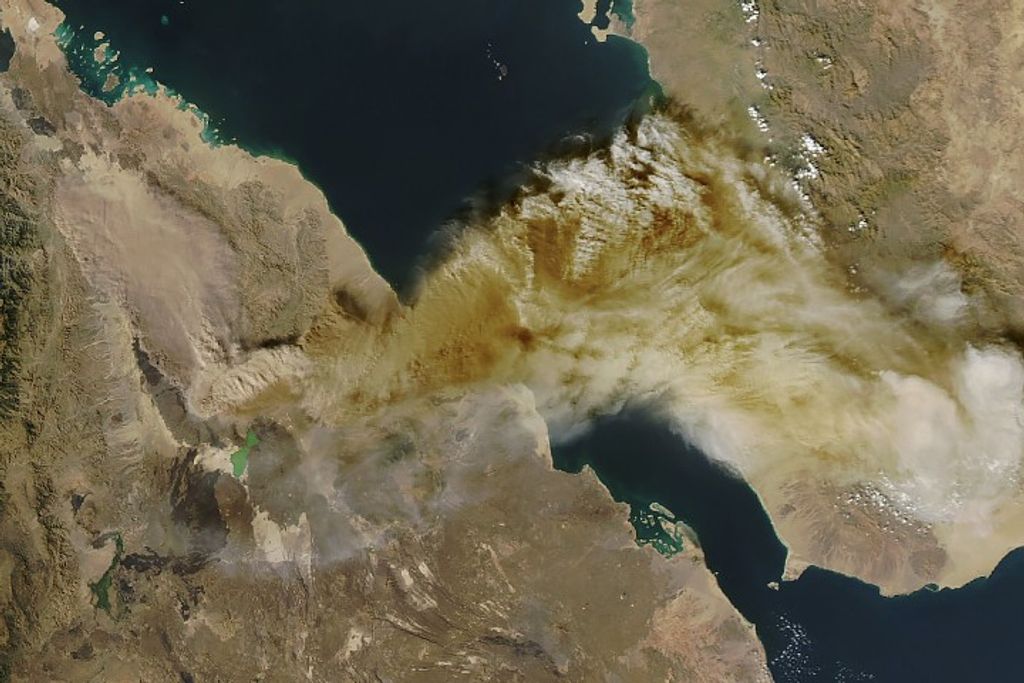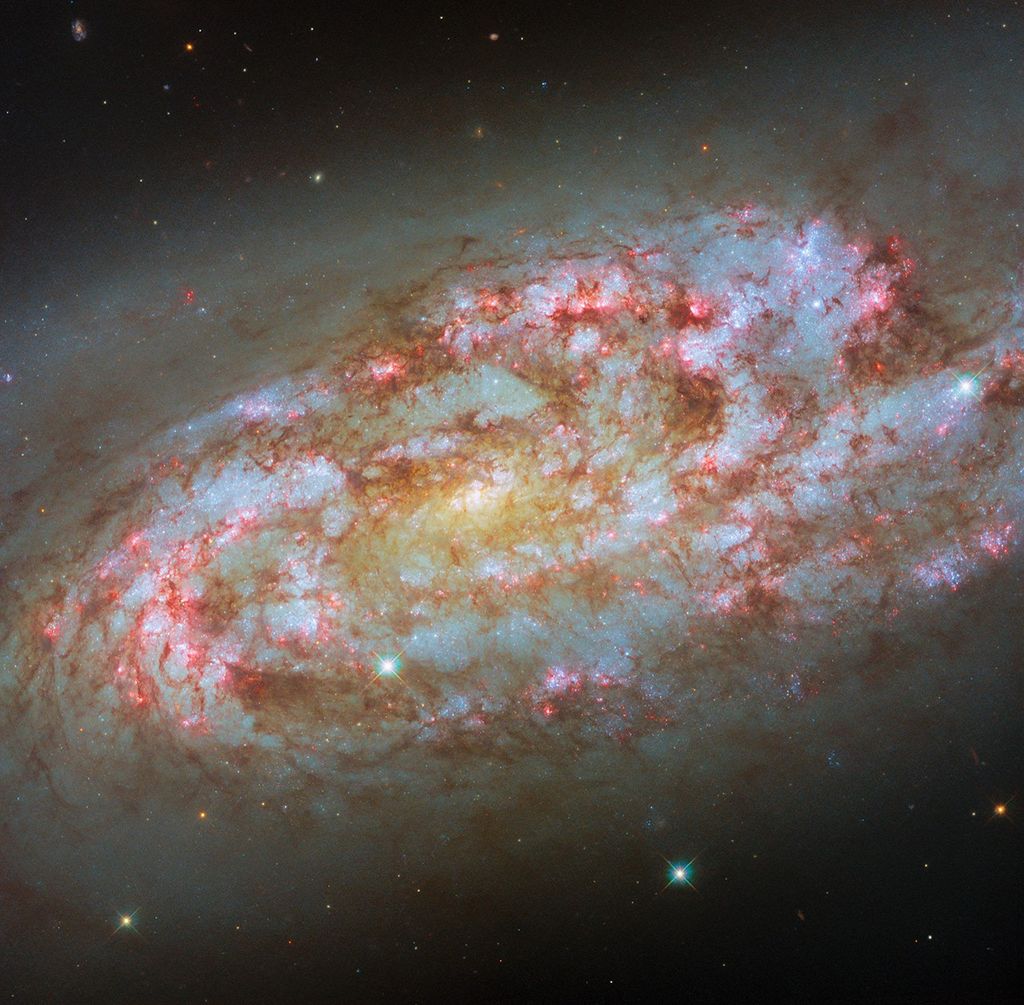Earth’s climate is the product of many rich and complex systems. It’s affected by water in its many forms; on land, in the air, in the oceans, and as ice. It feels influences from vegetation, from soil conditions, from the carbon cycle, from human impacts. We study and observe our planet’s ever-changing conditions in many ways, from many locations. One location in particular provides a unique and powerful vantage point, allowing us to see our planet in high detail and on a broad scale. Space.
The International Space Station is home to many instruments that help with the study of our planet in a variety of ways. Each is an amazing resource for scientists and researchers, but together they paint a picture of Earth richer and more detailed than any one instrument could provide.
From the vantage point of the orbiting laboratory, GEDI measures Earth’s surface vegetation, producing 3D views of forest height and structure, and the surface topography beneath. Forests and other plant life respond to a variety of environmental stresses, and the ECOSTRESS instrument allows researchers to study plant temperature and provides insights into how life on Earth responds to changes in water availability. OCO-3 measures atmospheric CO2 with high accuracy, helping researchers better understand CO2 increases and decreases and the impacts of those changes. And through the use of two cutting edge spectral imagers on the station, HISUI and DESIS, researchers have access to highly detailed information on materials across Earth’s surface, from identifying minerals and rock types to distinguishing between plant species.
There’s another, and often overlooked observational instrument on board the space station: crew members, equipped with digital cameras. Over 3,000,000 images have been collected by astronauts from the station, and those images can be put to a variety of uses.
William Stefanov is Branch Chief for the Exploration Science Office, a part of the Exploration Integration and Science Directorate at Johnson Space Center. He says:
Hand held cameras used by the crew act as a compliment to the data gathered by the station’s various instruments. And that comes down to the ability of the crew to take pictures that are panoramic and oblique versus a straight down look.
That panoramic view can be quite useful when observing natural disasters as they occur, such as wildfires or volcanic eruptions.
Stefanov explains: A camera is an excellent tool for examining the plumes created by wildfires or volcanos, because it gives you an immediate 3-dimensional picture of what the plume looks like, what its structure is, and how far it’s extending.
The observational instruments aboard the space station provide science capabilities that are more than the sum of their parts. These instruments, along with photography from crew members, serve to keep a multifunctional eye on the condition of our home planet.
For more science from the International Space Station, go to www.nasa.gov/iss-science.
For more eye-opening information about space exploration visit science.nasa.gov.

